What Wood Is Close To Color Of Clear Pine Wood
African Mahogany
Sapwood is flossy white or yellowish color. When freshly sawn the heartwood is a lite pinkish-brown color, that deepens to a reddish-brown and sometimes has a royal hue.
Shade: Dark
Alder
Near white, when freshly cut. Oxidizes to aureate and red tones
Shade: light
Ash
Sapwood nearly white, heartwood varies from greyish to light chocolate-brown
Shade: light
Aspen
Sapwood is white, blending into light brownish heartwood
Shade: lite
Basswood
Sapwood usually quite large and flossy white in colour, merging into the heartwood which is pale to cherry-red brown
Shade: light
Beech
Sapwood is white with a carmine tinge, while the heartwood is light to night ruby-red/chocolate-brown
Shade: low-cal
Birch
Sapwood appears low-cal, with a cream-like or white color. Heartwood may be light reddish-brown or brownish tinged with ruby-red.
Shade: light
Aromatic Cedar
Heartwood ranges in color from medium reddish-chocolate-brown to deep orange-red. Very fragrant.
Shade: medium
Crimson
Heartwood varies from rich red to crimson dark-brown and volition darken with age and on exposure to light. Sapwood is creamy white. May naturally contain brown pith flecks and small gum pockets.
Shade: medium
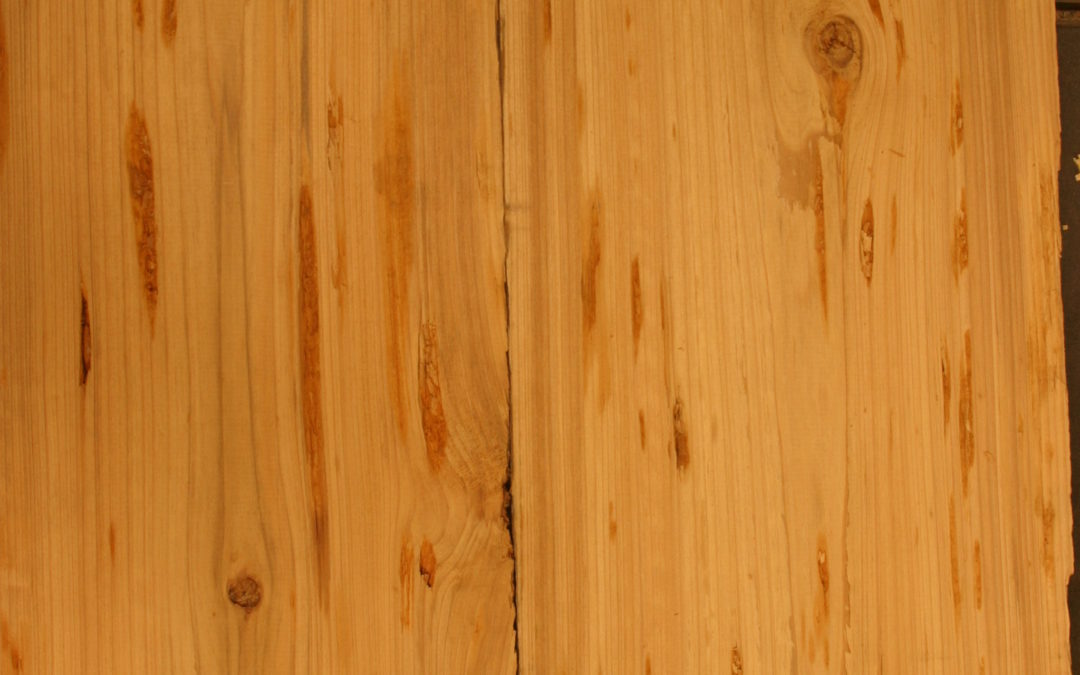
Cypress
Sapwood is pale yellow white with heartwood varying in colour from light to dark or reddish brown
Shade: low-cal
Hackberry
Yellow greyness to light dark-brown with yellow streaks, with Petty difference between the sapwood and heartwood.
Shade: medium
Hickory
Heartwood ranges in color from pale brown, to brown with ruby-red tinges
Shade: medium
Hard Maple
Creamy white sapwood, often tinged with pink or pale blood-red brown tones. Heartwood is more ruby in color, varying from light to dark ruddy-brown.
Shade: light
Soft Maple
Sapwood varies in colour from creamy white to greyish-white and is sometimes marked with darker colored pith flecks. Heartwood varies from calorie-free to night reddish-brown.
Shade: light
Pacific Coast Maple
Stake pinkish-brown to almost white with well-nigh no profound difference between heartwood and sapwood.
Shade: light
Poplar
Sapwood is creamy white and may be streaked. The heartwood is usually tan but can vary from pale yellowish dark-brown to olive green. The greenish color in the heartwood will tend to darken on exposure to low-cal and turn brown.
Shade: calorie-free
Red Elm
Sapwood in greyish white to low-cal brown in color, with heartwood that is reddish brown to dark brown in color.
Shade: medium
Blood-red Oak
Sapwood ranges from white to lite dark-brown in color and the heartwood is a pinkish reddish brownish.
Shade: medium
Sap Gum / Red Gum
Sapwood tends to be wide and is white to light pinkish, while the heartwood is reddish brown, often with darker streaks.
Shade: medium
Sassafras
Narrow sapwood is yellow white, with a pale brownish to orange dark-brown heartwood.
Shade: medium
Sycamore
Sapwood is white to low-cal yellow and heartwood is light to dark brown.
Shade: medium
Walnut
Sapwood is creamy white, while the heartwood is lite to dark chocolate brown, occasionally with a purplish bandage and darker streaks. Walnut is usually supplied steamed to darken sapwood.
Shade: night
White Oak
Sapwood is calorie-free in color and tin can range from a stake yellowish-brown to a greyish white. The heartwood may be either calorie-free dark-brown in color or a darker brown with deep, golden tones.
Shade: medium
Willow
The sapwood of willow varies according to growing conditions and is light creamy chocolate-brown in color. In contrast, the heartwood is pale cherry-red brown to greyish brown.
Shade: light
White Pine
Sapwood usually appears pale and creamy, sometimes with yellow tones. Heartwood varies from a straw-like colour to a deep yewllowish-tan colour. Resin ducts oft announced as fine dark-brown lines.
Shade: light
Afrormosia
Sapwood is narrow and gilded light brown in colour and clearly demarcated from the orange-brownish heartwood. The heartwood tends to be lightly streaked and turns a brownish-yellow with exposure to lite and air.
Shade: dark
Andiroba
Sapwood is a light pink or pale chocolate-brown colour, non always demarcated from the heartwood. Heartwood is a calorie-free salmon to reddish brown, darkening with historic period to a medium to dark brown. Quarter sawn surfaces exhibit a ribbon-similar appearance similar to Sapele.
Shade: nighttime
Aniegre
Heartwood is flossy yellow to pale pink or reddish-dark-brown, darkening slightly upon exposure. The heartwood is not sharply demarcated from the sapwood, which is similar in color.
Shade: medium
Avodire
Sapwood and heartwood are very similar in color, which is creamy white to pale xanthous, darkening with exposure to air and light to a deeper golden color.
Shade: lite
European Beech
Heartwood is pale in color, ranging in shades pale cream with a pinkish-chocolate-brown or an orangish-tan hue. The wood is typically sold steamed which gives the wood a more than even and compatible color which can go more reddish-pink in tone.
Shade: light
Baltic Birch
Wood is light creamy white to very light chocolate-brown in colour with no distinct departure between the heartwood and sapwood.
Shade: calorie-free
Bloodwood
Bright vivid reddish. Color can darken to brownish red over time with exposure to light and air.
Shade: dark
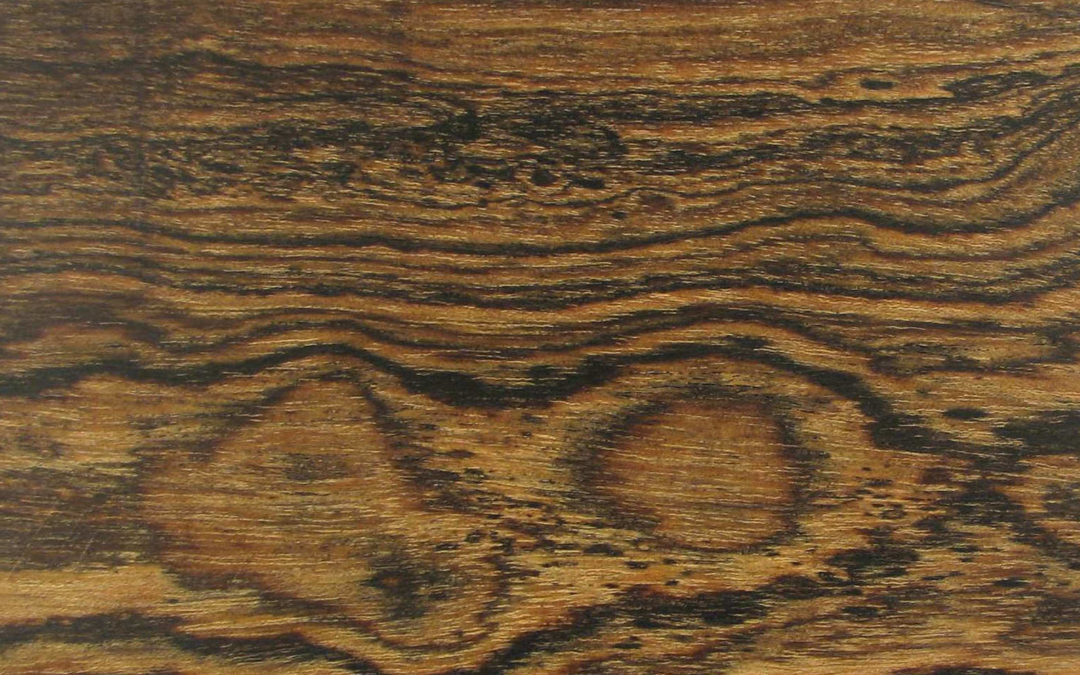
Bocote
Ranges from tan to gilded chocolate-brown to stake golden yellowish, with irregular brownish streaks. Heartwood is sharply demarcated from the greyish or yellowish sapwood. With age, the heartwood can be tobacco colored or nighttime brownish with nigh black streaks.
Shade: dark
Brazilian Cherry / Jatoba
Sapwood tin can be wide and is either white or pink and sometimes gray. Heartwood varies from salmon red to orange brown which darkens to a red chocolate-brown when exposed to sun.
Shade: dark

Brazilian Ebony / Ironwood
Wide range of colors and figures, from solid with even color, to streaked and marble-similar figure. Heartwood ranges from olive brown to near blackness and can have lighter or darker markings that are sharply separated from the sapwood, which is lighter and yellow in appearance. When first cut, the colors and figure are bright and bold. Once exposed to air and light, the brightness of the forest diminishes and takes on a darker, more subtle appearance.
Shade: dark
Iroko
Sapwood is typically a pale brown. Heartwood can vary from a low-cal golden-brown to a night brown and tends to darken over fourth dimension. There tin exist dark spots or streaks (which are calcium carbonate deposits).
Shade: light

Ironwood / Brazilian Ebony
Wide range of colors and figures, from solid with even colour, to streaked and marble-like effigy. Heartwood ranges from olive brownish to near blackness and tin can have lighter or darker markings that are sharply separated from the sapwood, which is lighter and yellow in appearance. When first cut, the colors and figure are bright and bold. In one case exposed to air and low-cal, the brightness of the wood diminishes and takes on a darker, more subtle advent.
Shade: dark
Jatoba / Brazilian Cherry
Sapwood tin can exist wide and is either white or pink and sometimes gray. Heartwood varies from salmon ruby to orangish brownish which darkens to a red brown when exposed to lord's day.
Shade: dark
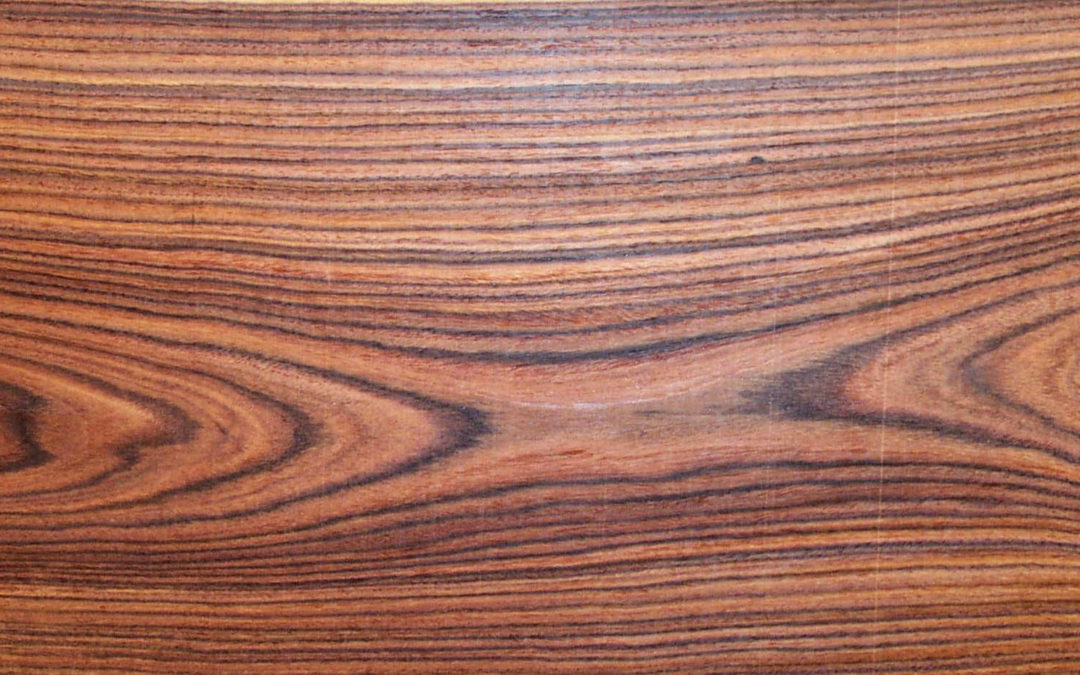
Kingwood
Heartwood is a dark purplish or reddish brownish with darker blackness streaks. Sapwood is a pale yellow.
Shade: night
Lacewood
The narrow sapwood ranges in color from about white to pale yellow. Heartwood is pale pink to low-cal reddish-brownish with a silverish grain that gives the wood a silverish sheen. With historic period, the heartwood matures to a brownish color.
Shade: low-cal
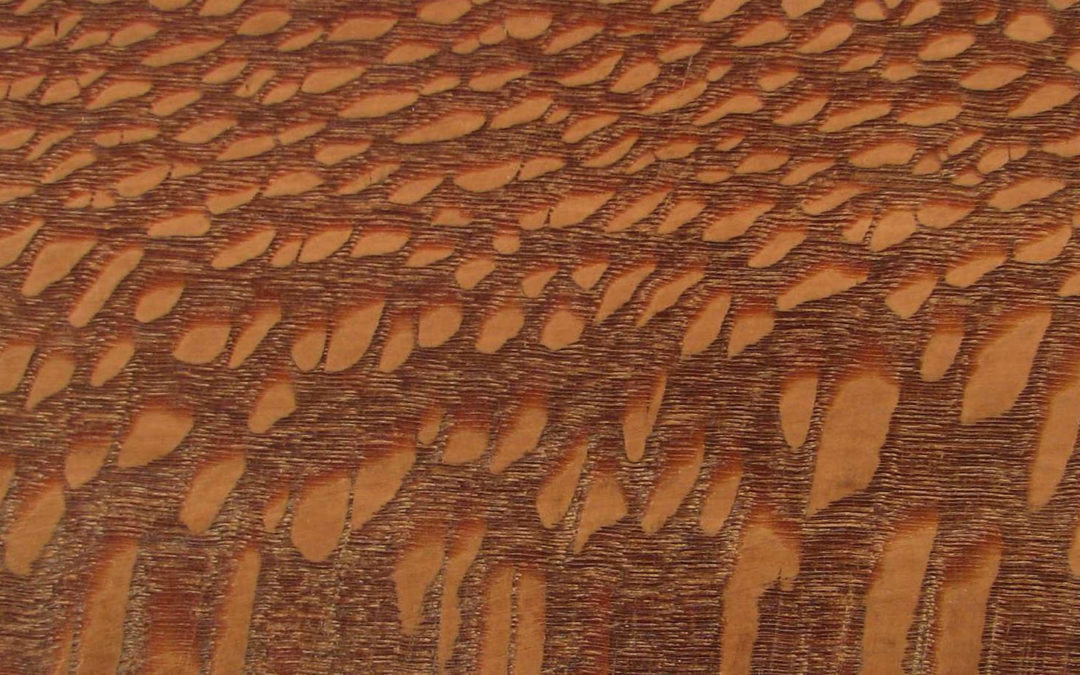
Leopardwood
Sapwood of is brownish-cerise while heartwood is more than brown in color. Has a flaky, speckled figure with dark flecks, varying from a small lace-like pattern.
Shade: medium
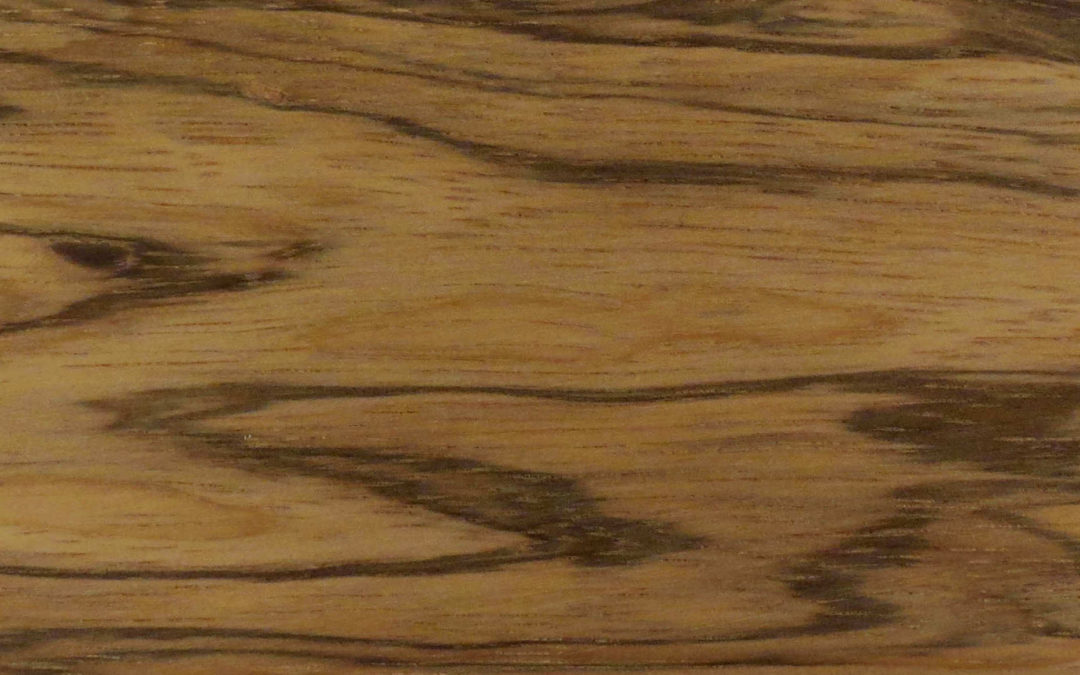
Black Limba
Heartwood is a lite yellowish to golden brown, sometimes with grey to near black streaks and veins. Wood with this darker figuring is referred to equally Blackness Limba, while plain unfigured wood is called White Limba. Sapwood is a stake greyish to yellowish brown, not clearly demarcated from the heartwood. Color tends to darken with age.
Shade: dark
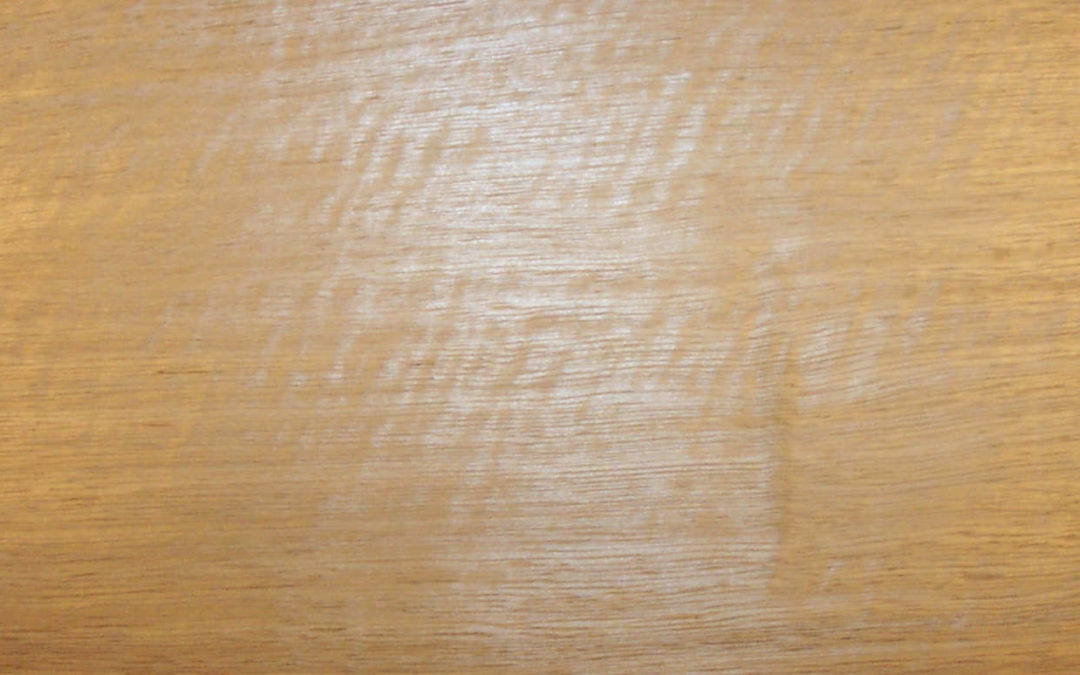
White Limba
Forest ranges in color from a pale cream to a yellowish-brown or straw colour with the sapwood and heartwood very similar.
Shade: light
Lyptus
Lyptus lumber varies in color from light pinkish to red. The heartwood is a medium pink and the sapwood in paler. The sapwood is typically very narrow.
Shade: medium
Mahogany
Sapwood is yellowish-white to pale chocolate-brown, with heartwood that varies from medium to deep cerise-brown, and in some heavier wood, a deep, rich reddish.
Shade: nighttime
Santos Mahogany
White sapwood is sharply demarcated from the heartwood. Heartwood offers a wide range of colors from light orange-dark-brown tones to a dark reddish-chocolate-brown in colour.
Shade: night
Makore
Heartwood ranges in color from pale pinkish to deep red, or red-brownish. The sapwood is white to light pink, and is clearly demarcated from the heartwood. Figured grain patterns are commonly seen: mottled, curly, wavy and moire.
Shade: medium
Marupa
Sapwood and heartwood non demarcated. Core colour harbinger-white, lightly yellowish in colour.
Shade: light
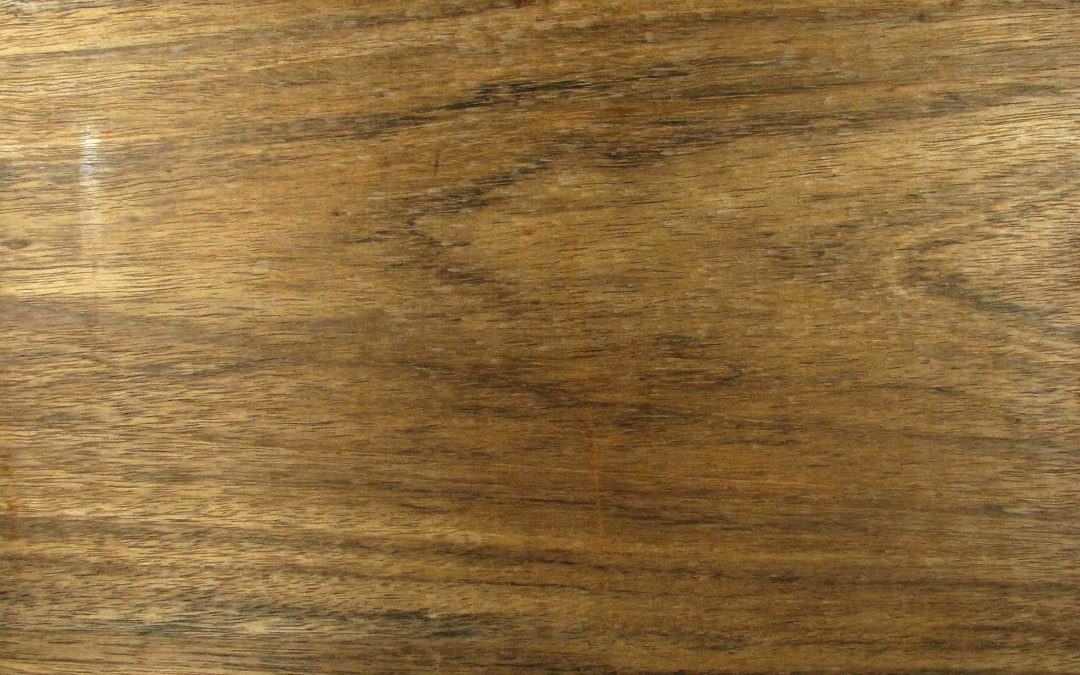
Shedua
Sapwood is very pale with articulate demarcations. A diversity of colors can exist found in the heartwood that include pinkish, vivid red, or red-brownish with purple veining. On exposure, the veining becomes less conspicuous, and the deep colors fade to xanthous or medium brown with a reddish tint.
Shade: medium
Sipo / Utile
Sapwood is low-cal brown in color and is well demarcated from the heartwood. Heartwood is a pinkish-brown to a red-dark-brown, which can fifty-fifty take a regal tint.
Shade: medium
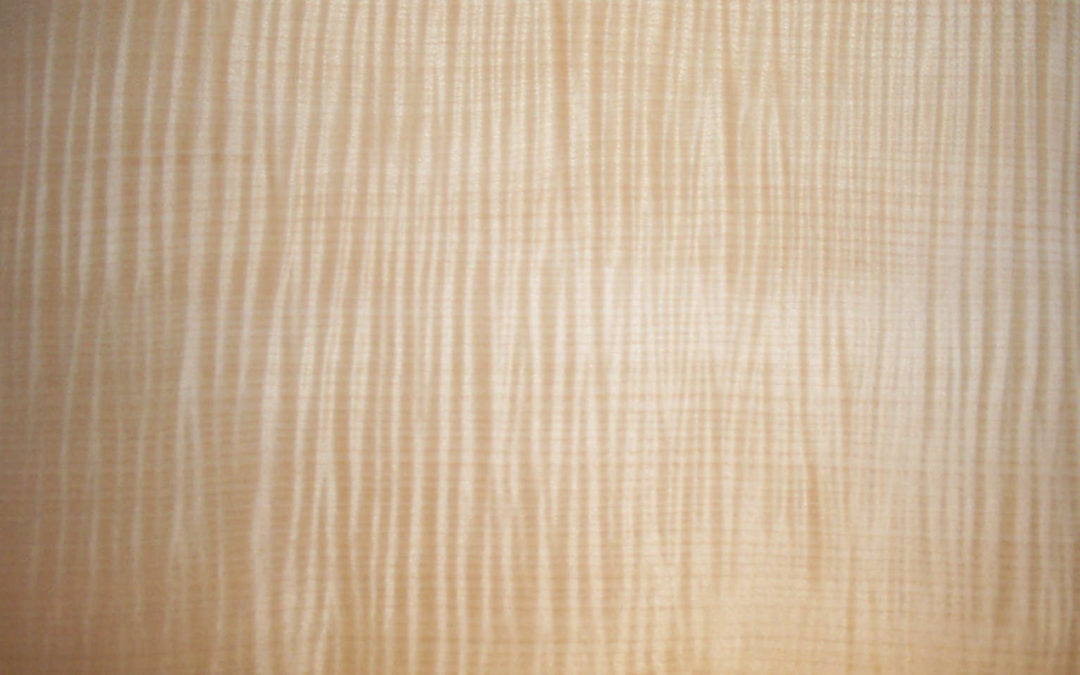
English language Sycamore
Sapwood is light-colored creamy white to light yellowish in color. The heartwood ranges in color from low-cal to nighttime chocolate-brown.
Shade: low-cal
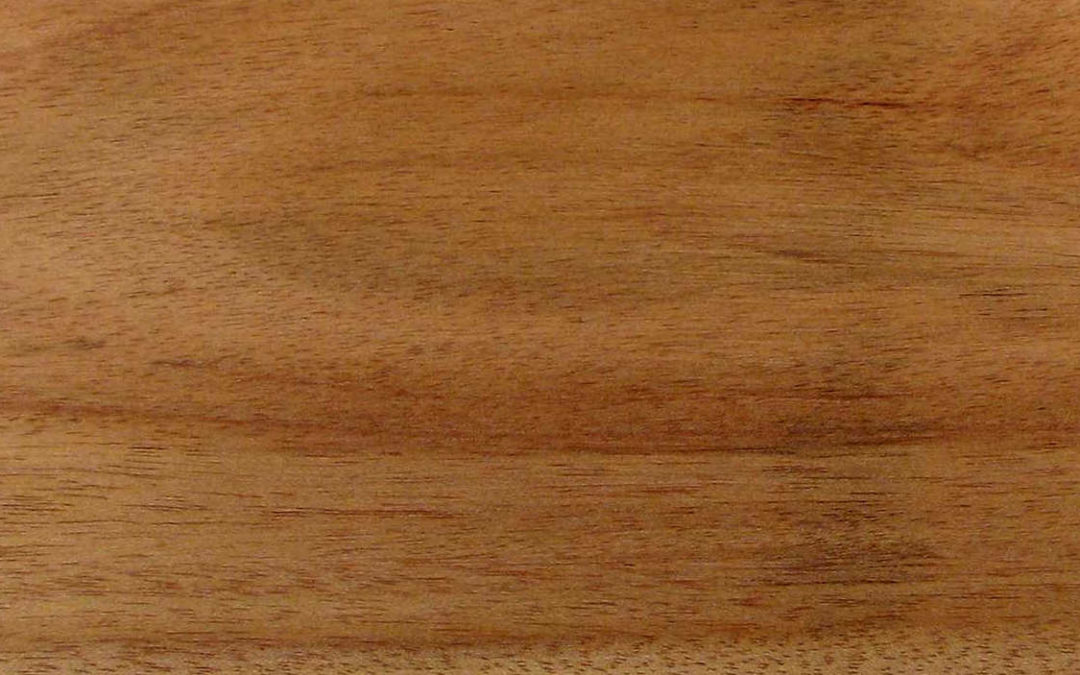
Tiama
Sapwood is creamy white or stake pink and up to four inches wide and is not always sharply demarcated from the heartwood. The heartwood is a pinkish-dark-brown or a tiresome, uniform ruby. When exposed to air and sunlight, the heartwood turns a deep carmine-brown.
Shade: light
Teak
Heartwood is almost always a rich golden chocolate-brown in colour, but may besides vary from rich brownish to a deep, chocolate brown with very nighttime markings. The sapwood is white to pale yellow in colour, and is clearly demarcated from the heartwood.
Shade: nighttime
Iroko Teak
White sapwood that is sharply demarcated from the heartwood. Heartwood is gilded-orange to dark-brown in color and darkens with age. The wood can at times be colored with yellow bands of soft tissue that grade a zigzag design on all surfaces, plus darker colored surrounding materials are usually present.
Shade: medium
Utile / Sipo
Sapwood is light brownish in color and is well demarcated from the heartwood. Heartwood is a pinkish-brownish to a cherry-brownish, which tin can even have a imperial tint.
Shade: medium
Zebrawood
The sapwood is whitish in color, and nearly without feature. The heartwood is straw-similar in color and distinctively marked with narrow veining or "streaks" of color ranging from dark brown to almost blackness.
Shade: dark
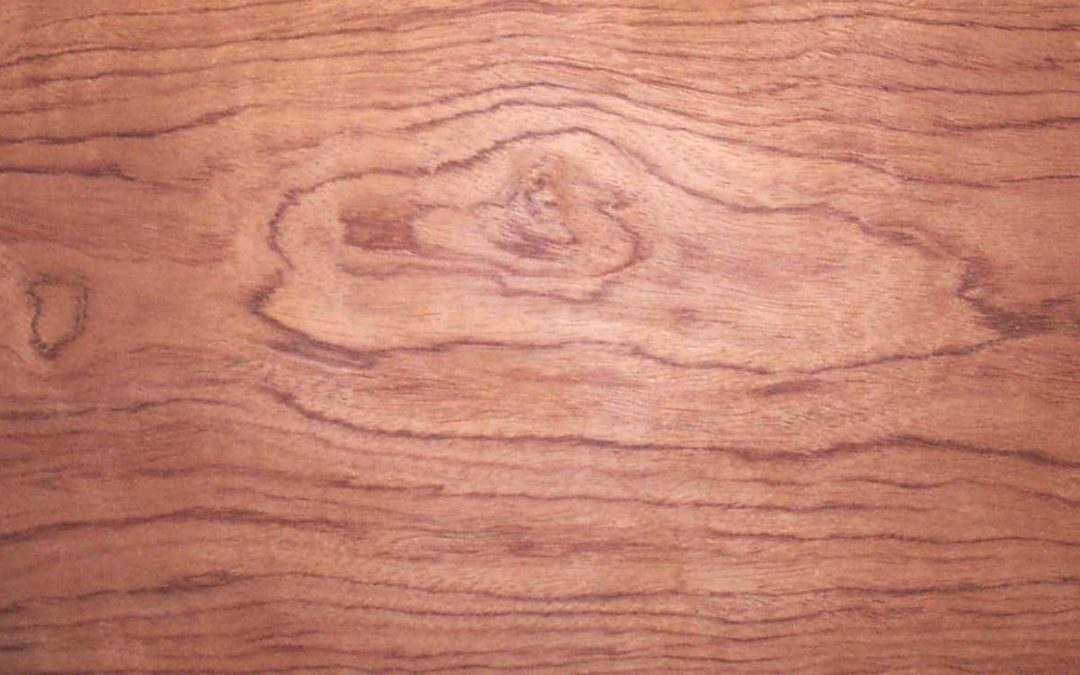
Bubinga
Sapwood is very pale with clear demarcations. Heartwood can be a variety of colors, including pink, vivid red or cherry-brown with purple veining. With exposure, veining becomes less conspicuous and deep colors fade to medium brown with a cherry tint.
Shade: dark
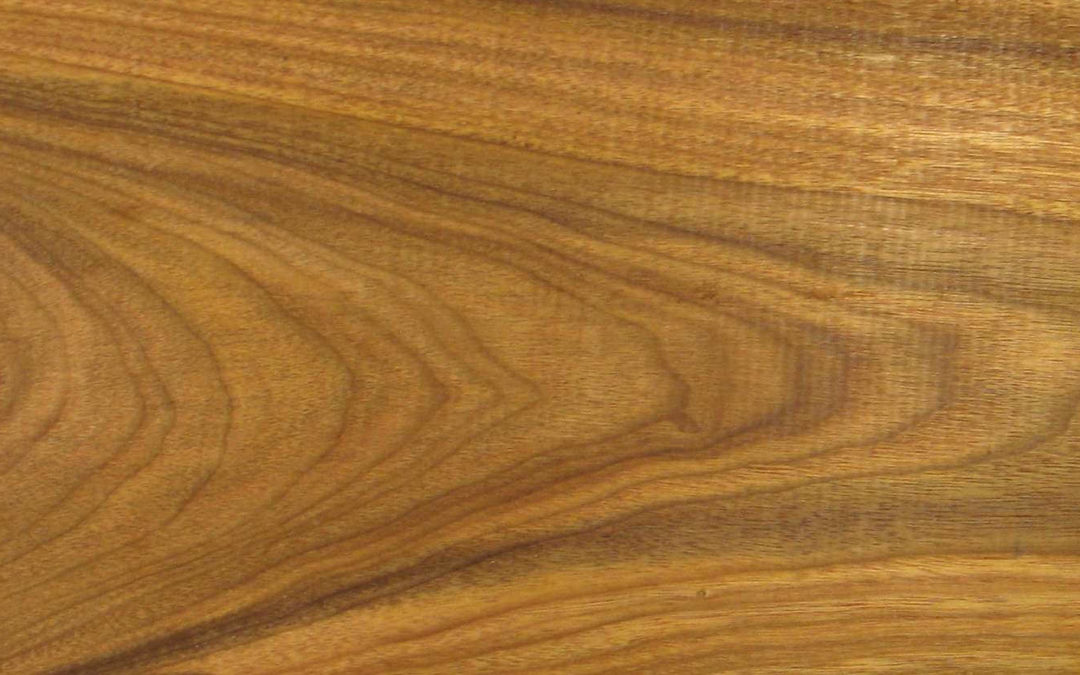
Canarywood
Sapwood, which is clearly demarcated from the heartwood, is stake yellowish. Heartwood is a vivid yellow or orangish, usually variegated and sometimes rainbow-hued. Typically darkens to red or brown.
Shade: medium
Spanish Cedar
Uniform pinkish to blood-red brown. Color darkens with age.
Shade: medium
Cocobolo
Heartwood contains many colors and can range from yellow, orange to a cherry-red-brown with nighttime brown to blackness streaks throughout. Sapwood is a whitish color and is non frequently used for commercial purposes.
Shade: dark
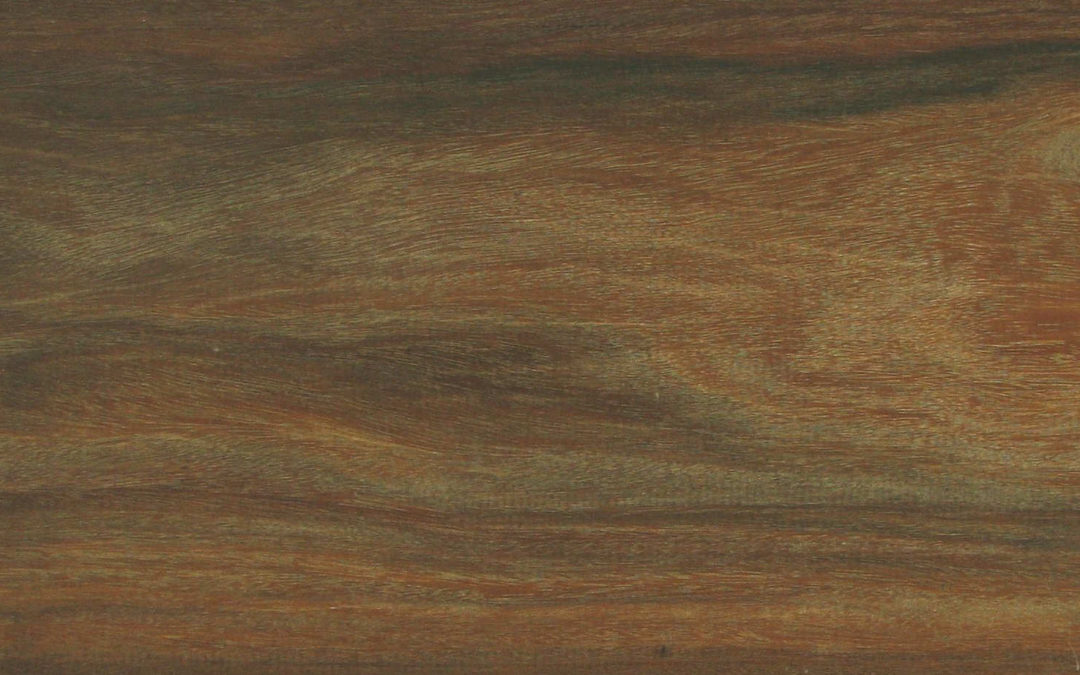
Cumaru
Sapwood is a yellow-brown and is singled-out from the heartwood, which is a reddish-brown to majestic-hued brown. Exposure to light makes the overall color become more compatible.
Shade: nighttime
Ebony
Only the black or brown heartwood is used commercially.
Shade: dark
Goncalo Alves / Tigerwood
Heartwood is typically a medium reddish brown with irregularly spaced streaks of dark brown to black. Sapwood is easily distinguished from the heartwood and is a brownish-white to gray. Color tends to darken this wood with age.
Shade: medium
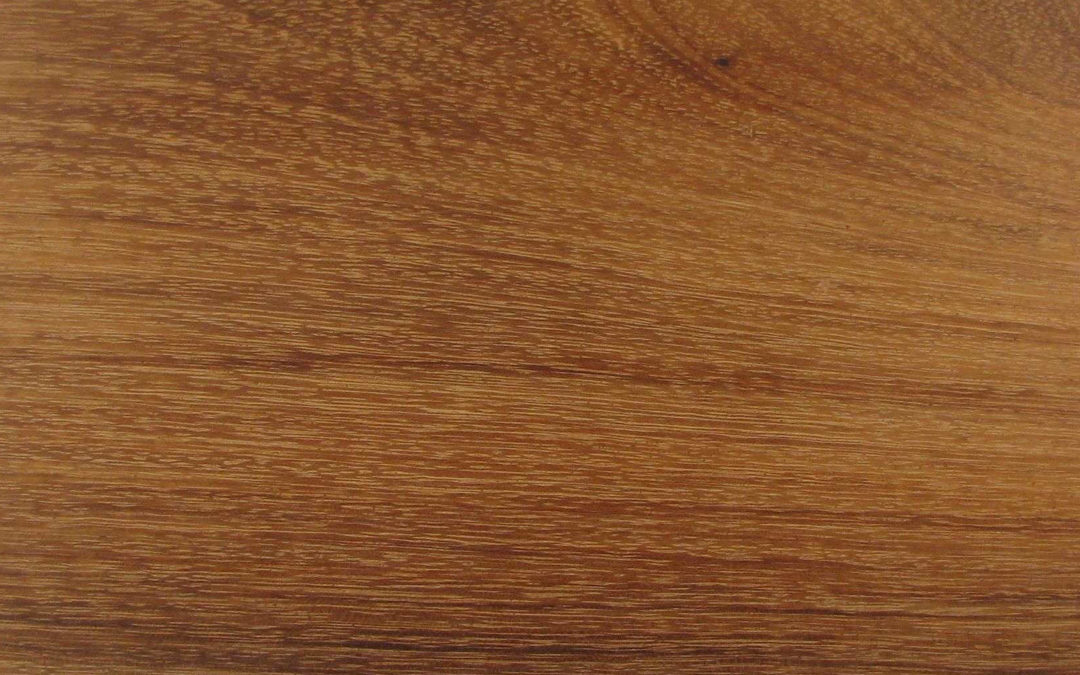
Granadillo
Heartwood varies somewhat in color and tin can be found in cherry, black and brown variations, sometimes with mottling and streaks. Sapwood is very pale, almost white.
Shade: night
Ipe
Heartwood typically olive-brownish, with variations in colour from a reddish-dark-brown to a to a dark blackish brown. Sapwood is yellowish-white and easily distinguished.
Shade: medium

English language Brown Oak
Sapwood easily distinguished from heartwood, though similar in color. Heartwood is a pale yellow-brown or "biscuit" colour, that may range to calorie-free tan or deep chocolate-brown in colour. English Oak stained past the beef-steak fungus, often called Brownish Oak, is extremely desirable and is converted into decorative veneers for apply in furniture and paneling. This color cannot exist reproduced with stains, and is considered highly desirable.
Shade: medium
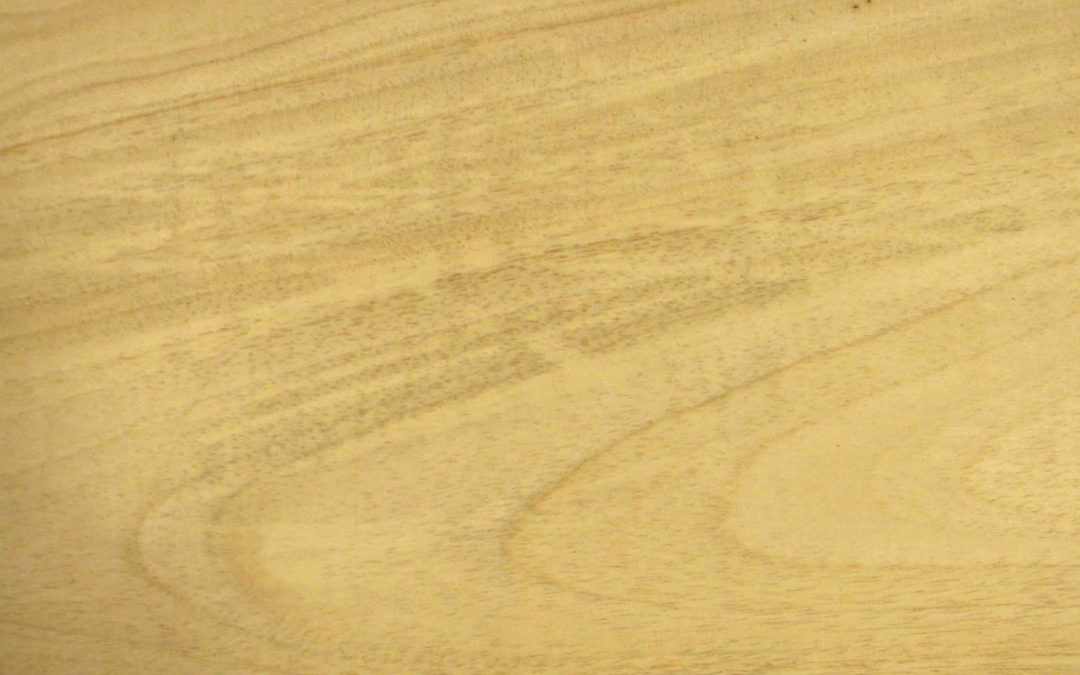
Obeche
Creamy-white to pale harbinger color with no demarcation between the sapwood and heartwood.
Shade: light
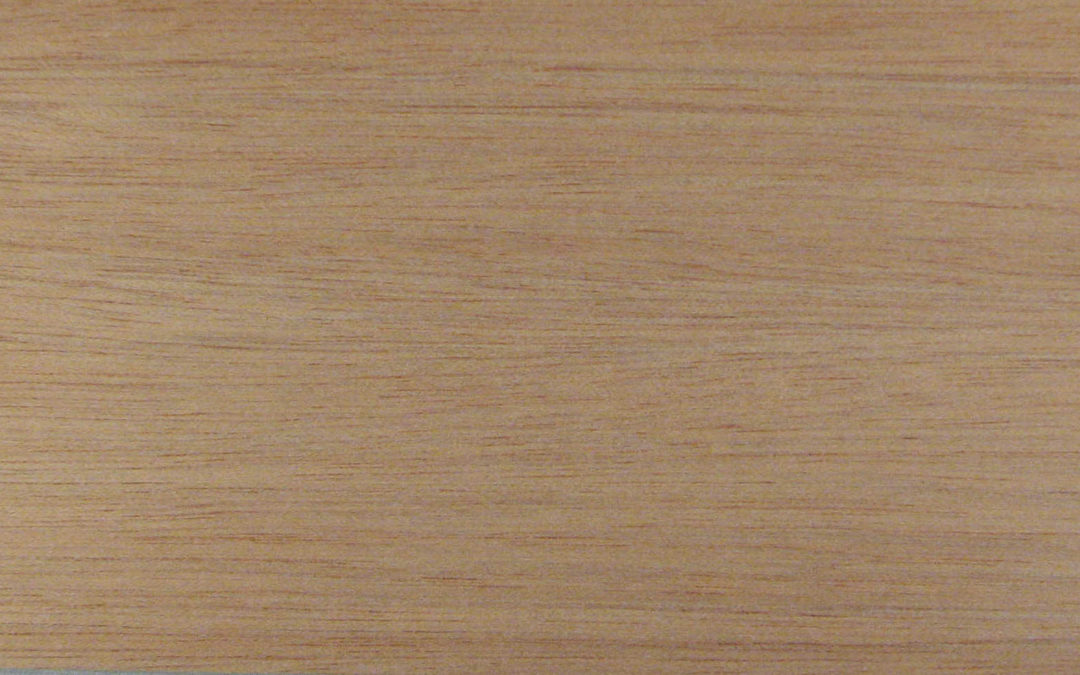
Okoume
Heartwood is salmon pink to pale pinkish-dark-brown or cherry-brown. It darkens with exposure to calorie-free to a mahogany-like color, and is relatively demarcated from the white to pale grey sapwood.
Shade: dark
Padauk
Vividly colored heartwood, that when freshly cut appears deep red. Later exposure, information technology turns to a deep purple-chocolate-brown with cerise streaks. The distinct sapwood ranges in color from white to yellowish-dark-brown.
Shade: dark
Purpleheart
Fair sapwood is sharply demarcated from the heartwood. When freshly cut the heartwood of Purpleheart is a dull grayish/purplish brown. Upon exposure the forest becomes a deeper eggplant imperial. With farther age and exposure to UV calorie-free, the woods becomes a dark brownish with a hint of purple.
Shade: dark
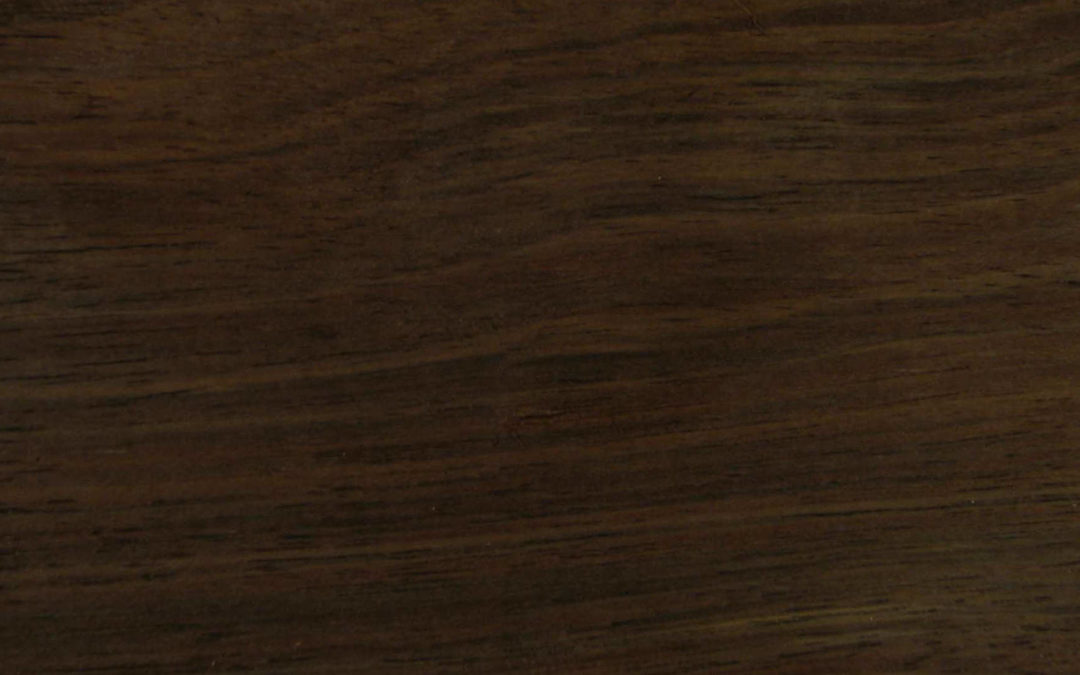
Peruvian Walnut
Deep, rich, dark chocolate dark-brown heartwood with a blackish stripe that creates a desirable figure. It tin sometimes have a purplish hue, and may likewise contain streaks of lighter-colored wood mixed throughout the heartwood—these streaks can sometimes be extensive and result in a loftier degree of waste.
Shade: dark
Red Grandis
Heartwood is uniform pink light brown colour. The sapwood, which is usual very narrow, is lighter in colour.
Shade: medium
Rosewood
Yellow sapwood with an appearance distinctly different from the heartwood. The pink-brownish to majestic-brownish tones of the heartwood appear in alternating night and light streaks with blackness markings, creating a very bonny figure.
Shade: night
Sapele
Heartwood is medium to dark-reddish brownish with a medium texture, high-luster, stake yellow sapwood.
Shade: night
Butternut
Sapwood, which is usually very narrow, is white to grayish brown. Heartwood is a anecdote brownish colour that can ofttimes comprise pinkish and red tones variegated with dissimilar shades of brownish.
Shade: low-cal
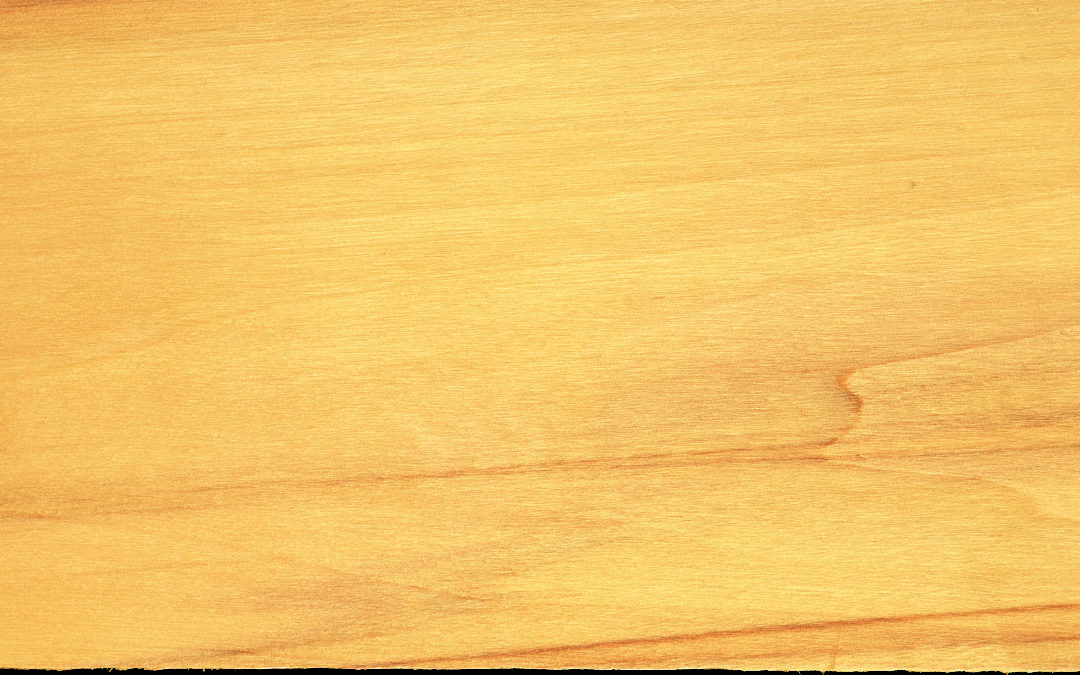
Cottonwood
Sapwood is white and may contain brown streaks while the heartwood may exist pale to light brown.
Shade: light
Tigerwood / Goncalo Alves
Heartwood is typically a medium reddish brown with irregularly spaced streaks of night brownish to blackness. Sapwood is hands distinguished from the heartwood and is a brownish-white to gray. Color tends to darken this wood with age.
Shade: medium
Source: http://www.hardwooddistributors.org/species-guide/wood-tones
Posted by: watsonprignoced.blogspot.com


0 Response to "What Wood Is Close To Color Of Clear Pine Wood"
Post a Comment